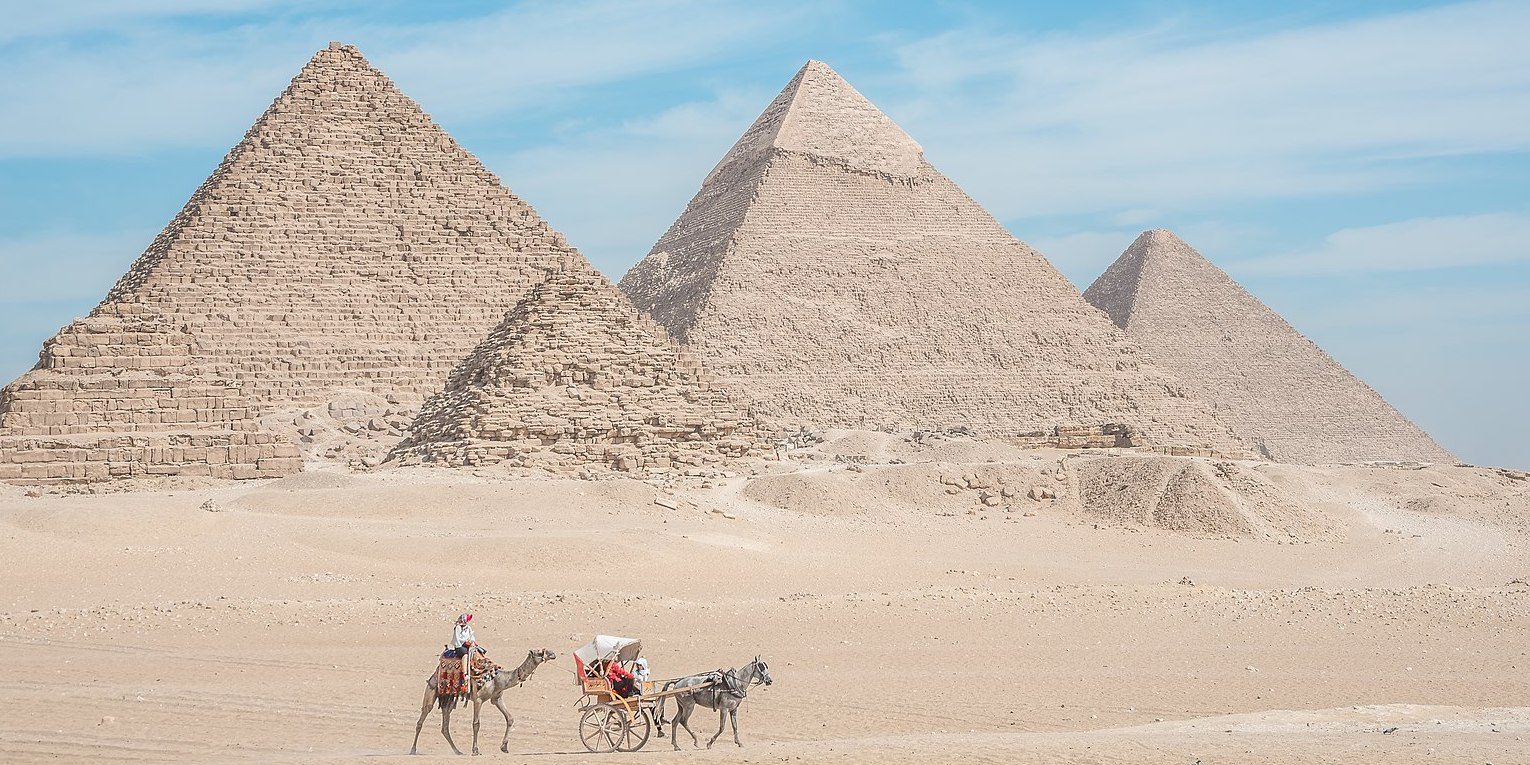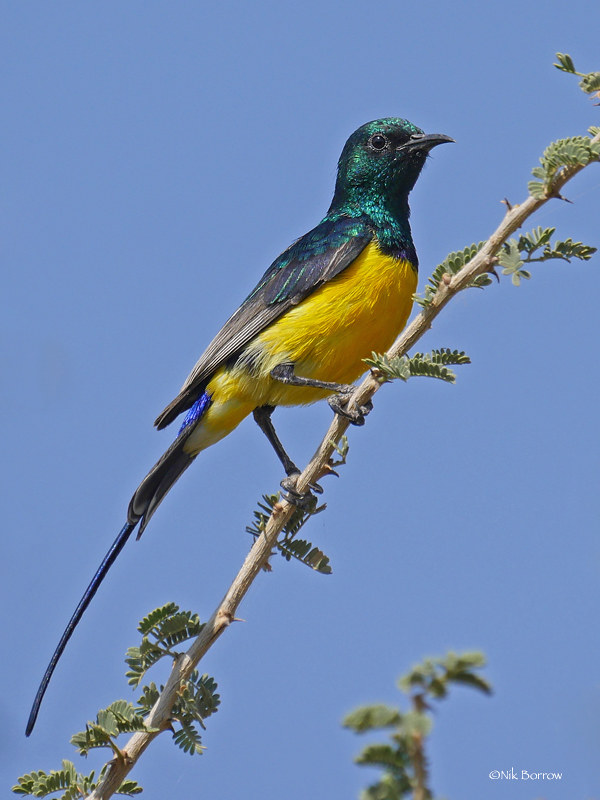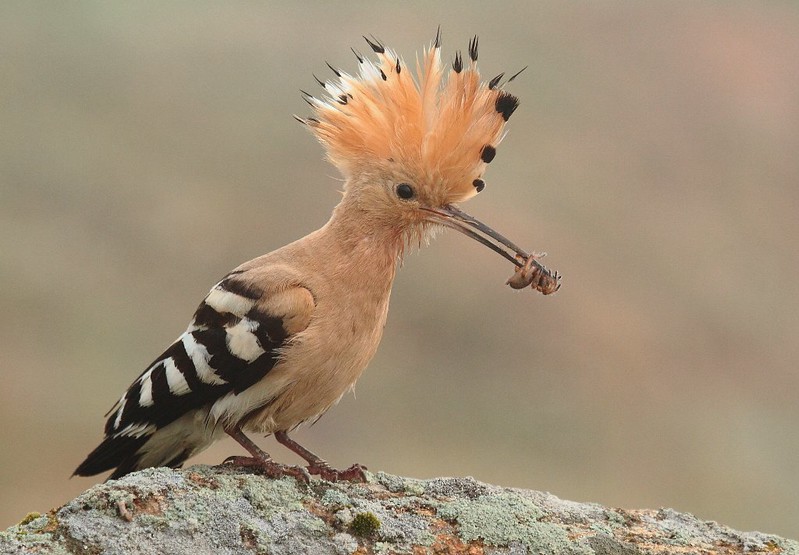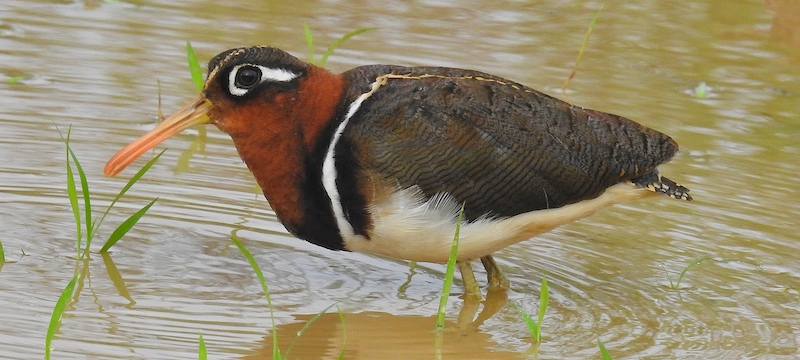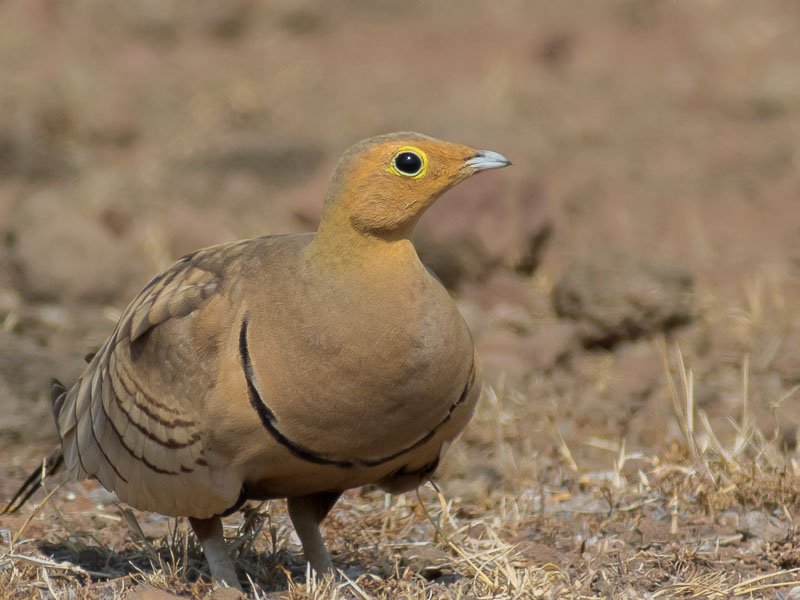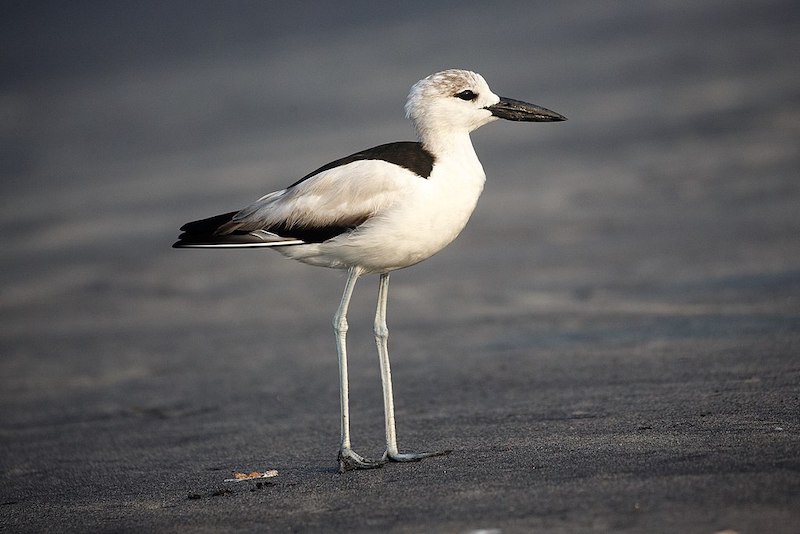Birding Egypt Pyramids – the remaining Seven Wonders.
Picture this: Sample 5000 years of advanced cultures on the banks of the River Nile in a week. Mindblowing birding experiences complete with the pyramids, temples, tombs, and the Sphinx
The great pyramid of Giza is the only remaining of the ancient list of the 7 Wonders of the World that the Greeks popularized in the 2nd century BC through the writings of Herodotus and others,
They included:
- Cheops Pyramid
- Colossus of Rhodes
- Lighthouse of Alexandria
- Mausoleum at Halicarnassus
- Temple of Artemis of Ephesus
- Statue of Zeus at Olympia
- Hanging Gardens of Babylon.
If travelers exploring Greece, Egypt, Persia, and Babylonia at the Hellenistic time had a bucket list, these would be the top contenders.
The Pyramids are conveniently situated just outside of Cairo so they can easily be visited on a concise trip to Egypt. Close by is the iconic Sphinx. Collectively, with the ancient ruins of the Memphis area, such as the Djoser Pyramid (the oldest building in the world) and the Dahshur Bent Pyramid, they were designated as a UNESCO World Heritage site in 1979.
Perfect for birders and non-birders traveling together.
What non-birders don’t realize is that between the classic sites that travelers to Egypt visit, even near Cairo itself, there is also excellent birding. Since the archeological sites are visited during the heat of the day, you can use the cooler early mornings and afternoons for birding without interfering much on the cultural program or vice versa. It is the perfect combination of birding and history.
This post gives you the background information you need to explore the Great Pyramids of Giza and the Sphinx, plus the birding opportunities nearby.
When were the Giza Pyramids and the Sphinx built?
The Pyramids of Giza are around 4500 years old. They consist of three 4th-dynasty (2575–2465 BC) pyramids erected on the west bank of the Nile River near Al-Jīzah (Giza) in northern Egypt, not far from Cairo.
Cheops Pyramid
The Great Pyramid of Giza (also known as the Pyramid of Khufu or the Pyramid of Cheops) is the oldest and largest pyramid in the Giza pyramid complex. The pyramid is a tomb for the Fourth Dynasty Egyptian pharaoh Khufu, and it took up to 26 years to build and was completed circa 2560 BC.
Originally it stood at 146.5 meters (481 feet), and it was the tallest human-made structure in the world for more than 3,800 years. The base is 230.3 meters (755.6 ft) square, giving it roughly 2.6 million cubic meters (92 million cubic feet).
It was initially covered by white limestone casing stones that formed a smooth outer surface. Today, you see the underlying core structure, although there are a few casing stones at the base. The present height with top casting lost is 137 meters (449.5 ft).
An estimated 2.3 million large stones weighing 6 million tonnes total were used to build the pyramid. These were dragged into position by as many as 10 000 workers over 30 years to complete the building. Primarily local limestone from the Giza Plateau was used. White limestone for the casing was imported from Tura 10 km south of Giza. More impressive, the granite blocks weighing up to 80 tonnes for the King’s Chamber structure were transported on the Nile from Aswan 900 km away!
Khafre’s and Menkaure’s pyramids
The only slightly smaller Khafre’s pyramid of 136.4 meters (448 ft) was completed in 2570 BC. It appears taller than the adjacent Khufu Pyramid because of its more elevated location and the steeper angle of its construction. Khafre’s pyramid retains a prominent display of casing stones at its apex.
The third pyramid of Menkaure is much smaller, completed in 2510 BC and a height of 61 m (200 ft) today.
Although some historians have claimed the Sphinx to be older, most contemporary historians and archeologists believe it was built in approximately 2500 BC for the pharaoh Khafre, the builder of the Second Pyramid at Giza.
On the other hand, some scholars mean that the causeway connecting Khafre’s pyramid to the temples was built around the Sphinx, suggesting it was already in existence at the time.
The problem is that there are no inscriptions anywhere giving any facts.
What was the purpose of the Pyramids?
The prime purpose was to be tombs for the pharaohs that built them. The Egyptians believed that the dead Pharaoh would continue to reign in the afterlife and his spirit – Ka – remained in the body, which was therefore mummified. Many possessions and items that could be useful for the afterlife were buried with the Pharaoh.
Close to the pyramids are the cemeteries for the Pharaohs’ wives, sons, and daughters.
What was the purpose of the Sphinx?
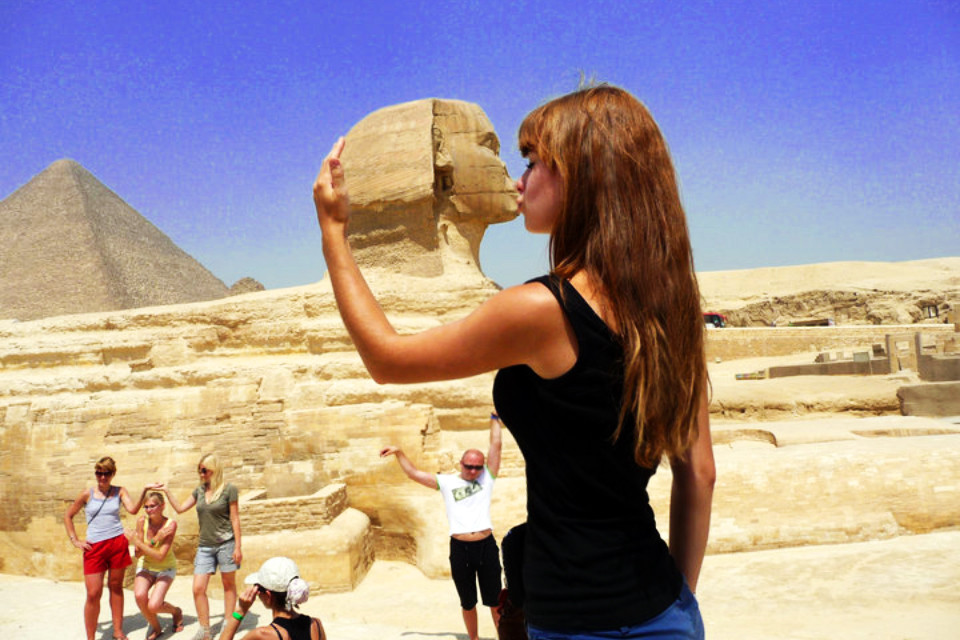
The word sphinx comes from greek, and the actual Great Sphinx of Giza was only mentioned in the text by Herodotus in around 500 BC, two thousand years after it was built.
The head is believed to be that of Khafre, who built the second Giza pyramid and the Sphinx.
It is a statue, not a tomb. It is one of the oldest statues of the world, representing a real person, and the largest monolithic statue in the world, carved out of the bedrock, standing 73.5 meters (241 ft) long, 6 meters (20 ft) wide, and 20.22 m (66.34 ft) high.
How many people visit the Pyramids?
About 14 million people visited the pyramids in 2019. After political unrest since 2011, and the terror attack on a Russian flight in 2015, Egypt had problems of the lack of tourists, but since 2017, it has been quite calm, and tourists were returning. Then came COVID.
Birding the Pyramids of Egypt.
Birding Egypt and the pyramids are perhaps not on the top of the list of birding destinations to visit for a world birder lister. There are very few truly unique species that can not be seen elsewhere, except for Nile Valley Sunbird and the White-eyed Gull, a specialty of the Red Sea.
Egypt is a much more important destination for Western Palearctic listers as several African species reach their northernmost limit. It is easy enough to visit with charter flights from several European cities to Red Sea resorts such as Hurghada and Sharm El Sheik.
The main reason for having Egypt on your bucket list tough is, of course, to see the Pyramids and experience 5000 years of culture and historical and archaeological landmarks. The available birding is excellent enough for it to be a perfect combo for birder/non-birder couples. Rather than the birder going off on a birding trip on her own, this is a destination where you can experience it together.
Birding around the pyramids themselves will not reward you with a whole lot of birds, but if you are visiting from North America, you will enjoy the cool-looking Eurasian Hoopoe as you approach the site. You will find Laughing Doves, Hooded Crows, and Common Bulbul in shaded areas, and above your head, fly Black Kites and Common Swifts.
Birding nearby
If you start early, you could go birding before visiting the pyramids. There are a few options.
The best birds and birding in Cairo is found at the Abbassa to the northwest.
The site known as the Abbassa fish ponds is the most important site to visit. Here you may find the shy Greater Painted-Snipe, Senegal Thick-knee, 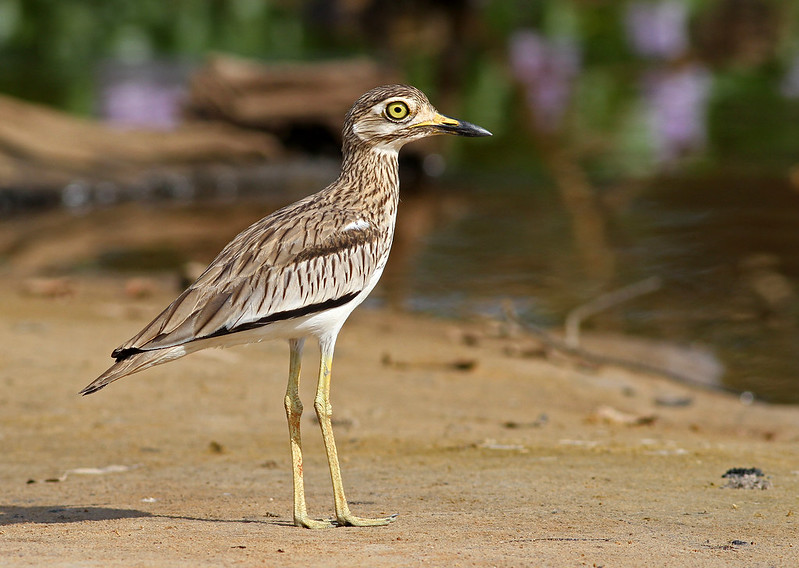

The site known as Sandafa Olive Trees is a known site for Chestnut-bellied Sandgrouse.
If you allocate two full days to Cairo, you could visit Abbassa one of the days in the early morning and another site depending on how far you want to drive the following day. The midday and afternoons you dedicate to the pyramids and the fabulous Egyptian Museum. Allow at least three hours for the museum.
How to get to the Pyramids?
The traffic in Cairo is among the worst in the world. You probably don’t want to drive.
There is an excellent Metro system in Cairo to get around serving the airport and the Egyptian museum.
If you visit the pyramids on your own rather than on tour, your best bet is to take the metro to Giza station – the closest stop to the pyramids, and then take a taxi or an Uber. There are also local buses that go to the pyramids if you fancy some local traveling style on a budget.
Beware of “nice people” who want to help you get to the site. They bring people to a service for a commission, and it may not be the best option for you.
It is about 9.5 km (5.9 miles) from the Metro station, to the pyramids if you want to go for a run! Beware of the sun!
Our program.
The 7WB tour to Egypt is much more a culture trip with some birding than the other way around. It is not a tour that will focus on the Western Palearctic list, and we do not necessarily run the tour during peak migration time to maximize the number of species. Our focus is to include as many archeological and cultural highlights as possible, a Nile cruise, and a quick visit to the Red Sea within a week. At the same time, we target all the unique bird species on the route.

That said, we will make early morning starts to make the most of the birding. Should someone want to stay back from the early morning activities, this will be possible, of course. It is easy enough to organize transport inexpensively to meet up with the group at the archeological site.
Gunnar Engblom is a birder from Sweden living in Peru since 1998 running the birdwatching tour operator Kolibri Expeditions. In spite of being a compulsive lister himself, he has long been convinced that birding of the future is more about esthetics than about a long life list and that there are too few services directed to this increasingly large segment of birders. He thus started an offshoot from the mainline of the business called 7 Wonders Birding Tours and coined the term Bucket List Birding.
In 2021 the Bucket List Birding podcast will be launched.

